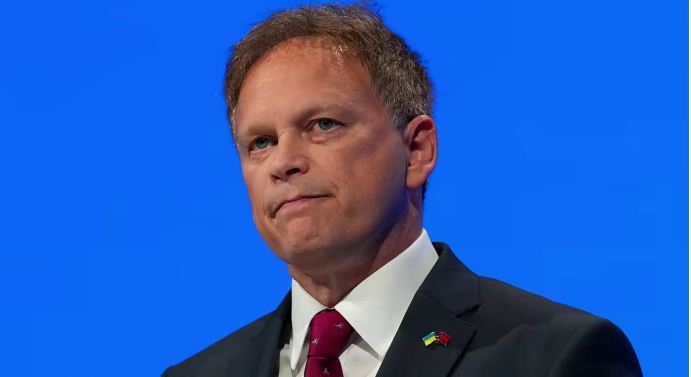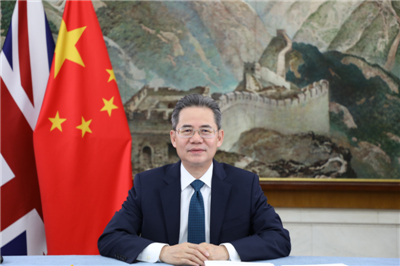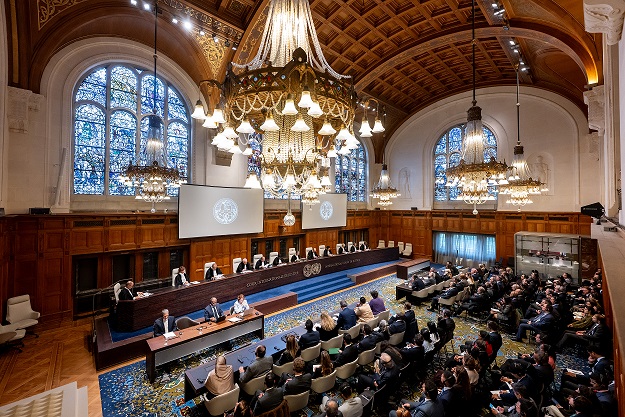Sterling initially brushed off the figures before sliding after Pill’s comments, down 0.2 per cent against the dollar on the day at $1.253…reports Asian Lite News
UK wage growth remained persistently strong in the three months to March despite a slowing jobs market, painting a mixed picture that will reinforce divisions at the Bank of England over when to cut interest rates.
The Office for National Statistics said on Tuesday that annual growth in average weekly wages, including bonuses, remained steady at 5.7 per cent in the three months to March, compared with analysts’ expectation of a slowdown to 5.5 per cent.
Excluding bonuses, average wages were 6 per cent higher than a year earlier over the same period, also unchanged from an upwardly revised estimate for the three months to February and higher than the expected 5.9 per cent.
Despite the strength in earnings, the data also showed a softening jobs market in which vacancies continued to fall, payrolled employment was virtually flat and the number of people claiming unemployment benefits edged up.
The ONS said the unemployment rate rose to 4.3 per cent, in line with analysts’ expectations, with the employment rate steady at 74.5 per cent — sharply down on the previous quarter and from a year earlier.
Speaking after the publication of the new statistics, Huw Pill, BoE chief economist, said he was seeing a labour market that is easing, as shown by higher unemployment and lower vacancies, but still tight by historical standards.
Across a range of wage indicators, pay growth did appear to be declining he went on, but was still above levels consistent with the 2 per cent inflation target being met sustainably.
“It’s clear that the job is not yet done — some restriction is still required, and the timing and extent of any cuts in bank rate will only be able to be assessed when we have more evidence,” he said.
Traders in swaps markets slightly increased the probability of a BoE rate cut by June to just over 50 per cent. Investors held bets that the central bank would deliver two quarter-point cuts by the end of the year.
Sterling initially brushed off the figures before sliding after Pill’s comments, down 0.2 per cent against the dollar on the day at $1.253.
BoE rate-setters have been wary of reading too much into official figures on the jobs market in recent months due to deep-seated problems with the ONS’s labour force survey, and volatility in the figures on earnings — even though the latter are based on a separate survey.
However, the broad picture of a slowdown in hiring and persistently strong wage pressures in the run-up to a bumper increase in the statutory minimum wage is consistent with other surveys and data sources.
The figures will do little to resolve the divisions between members of the Monetary Policy Committee who voted last week by seven to two to hold interest rates at a 16-year high of 5.25 per cent.
Minutes of the meeting suggested some MPC members wanted to see more evidence of pay pressures easing before starting to cut rates. But Andrew Bailey, BoE governor, said the MPC expected inflationary pressures to fade “slightly faster” than previously assumed, with businesses becoming less able to pass higher costs on to consumers.
Monetary policymakers view the strength of the jobs market as critical to the inflation outlook because rapid wage growth in areas where workers are scarce has been a big factor fuelling prices in the labour-intensive service sector over the past year.








